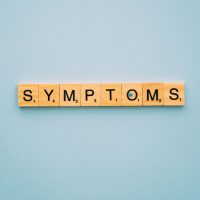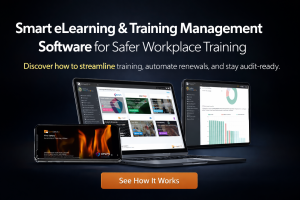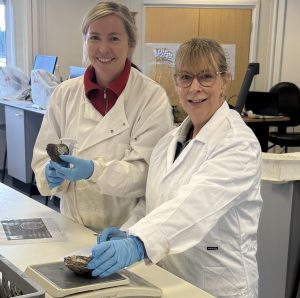What is Sick Building Syndrome?
A 2023 survey revealed that almost half of British workers believe poor IAQ has led to them suffering from Sick Building Syndrome. Sick Building Syndrome is the name for symptoms you experience while you’re in a particular building. It usually happens in an office, but you can get it in any building. The exact cause is often unknown, but we know it is strongly associated with poor IAQ. To tackle this issue, the UK Government has outlined its intention of annually reducing the level of public exposure to delicate particulate matter (PM2.5) in ambient air.
Possible Causes of Sick Building Syndrome
- Poor ventilation and air conditioning systems.
- Outdoor contaminants such as motor vehicle exhaust or plumbing vents.
- Biological contaminants such as mould, dust mites, and other allergens.
- Volatile organic compounds (VOCs) such as environmental tobacco smoke and compounds emitted from building materials, cleaning products and furnishings.
- Psychological factors, such as poor interpersonal relationships or stress at work.
- Physical factors, such as improper temperature, lighting, humidity and noise levels.
Symptoms of Sick Building Syndrome
- Dry, itchy, irritated skin or rashes.
- Headaches, dizziness, fatigue, difficulty concentrating and nausea.
- Stuffy, runny nose, sneezing, coughing, wheezing, and difficulty breathing.
- Irritated, dry, burning eyes, or blurry vision.
- Overall feeling of malaise.

Who is affected by Sick Building Syndrome?
People who work long-term in a specific building where symptoms are prevalent are typically at risk of developing Sick Building Syndrome. Examples include office workers, building owners, building managers and other building occupants.
Is it Sick Building Syndrome, or something else?
Determining if you have Sick Building Syndrome can be difficult, because symptoms often mimic common illnesses or allergies. Look at patterns. Do your headaches, fatigue, or respiratory issues improve significantly after leaving a particular building? Do your colleagues report similar symptoms? This can be a strong indicator of Sick Building Syndrome.
Consider the building itself. Do you smell strong chemical odours from cleaning products or building materials? Does the ventilation seem inadequate? Can you spot signs of moisture problems or mould growth? If the answer is yes to any of these, Sick Building Syndrome is even more likely.
However, in some cases, symptoms consistent with Sick Building Syndrome can also be caused by underlying health conditions. It is important to consult with a doctor to rule out other health concerns.
What can Employers do?
Employers have a legal duty to care for their employees’ health and safety, as well as to conduct regular maintenance checks of their ventilation systems.
Employers should address sources of VOCs by using low-emitting materials for furniture, flooring, and paints. Encourage proper chemical and cleaning product storage and choose fragrance-free options. iProtectU Chemical Management software will enable you to manage and control chemicals https://iprotectu.com/chemical-management-software/
Ventilation may need to be improved. Employers must maintain HVAC systems, ensuring proper airflow and fresh air intake. Open windows whenever possible to bring in fresh air.
Employers should set up a schedule for regular inspections and cleaning of mould and dust mites. Air purifiers are a good investment, particularly for high-occupancy areas.
Employers must do what they can to ensure a comfortable workplace environment, including temperature and humidity levels. Address any flickering lights and excessive noise through maintenance or adjustments. iProtectU can help you ensure a suitable and sufficient risk assessment is in place https://iprotectu.com/risk-assessment-software/
Educate staff about health and safety, including common air pollutants, and encourage them to report any concerns. The iProtectU Learning and Development Software includes all the training resources you need https://iprotectu.com/learning-and-development-software/
What can Employees do?
Employees should speak to their line manager or employer, who will ideally investigate the problem and try to find a solution. Employees should try to manage stress levels and take regular breaks away from their computer.
Support and advice are available from the environmental health service, the local authority or the local regulator for workplace health and safety.

By recognising patterns and potential building issues, we can improve the indoor environment and prevent Sick Building Syndrome consequences such as absenteeism, low employee engagement and high staff turnover.








